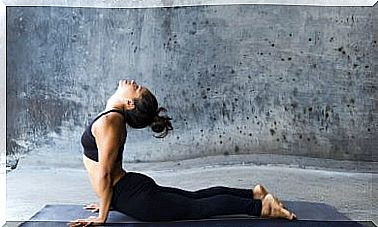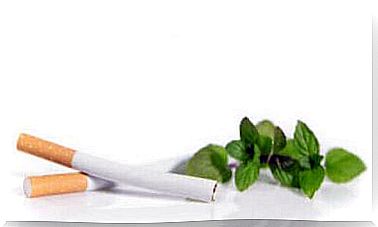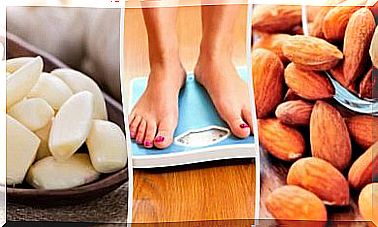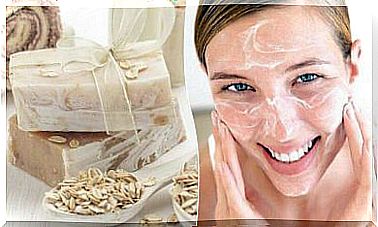Baby Nasal Rinsing In Three Ways
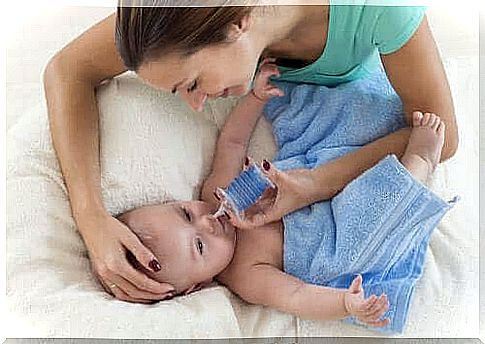
A stuffy nose is a very common problem in children. That’s why it’s important to know how to do a baby’s nasal rinse in the right way, especially when it comes to a baby. This is because babies cannot yet breathe through their mouths and have difficulty breathing in when there is too much mucus in their nose.
The importance of rinsing a child’s nose

Usually we all breathe through our noses. Its function is to moisturize, filter and heat the air entering the body. When we inhale, allergen particles enter the nose and can sometimes trigger asthmatic symptoms, among other things.
When this happens, it is important to be able to rinse your nose properly, especially for babies, as they do not yet know how to breathe through their mouths.
Nasal rinsing means putting brine through the nostrils to remove nasal secretions and all the dirt and allergens in the nose. The goal of nasal lavage is therefore to expel as many allergen particles as possible so that they do not come into contact with the mucosa.
In this way, the allergic reaction is not as severe as it would be expected if contact continued.
However, nasal rinsing is not only recommended for these situations. It is also quite useful in other situations, such as:
- In chronic or acute rhinosinusitis.
- Nasopharyngeal mucus and consequent chronic cough.
- In pre-treatment with nasal corticosteroids.
- In the treatment of endonatal surgery.
How to do a baby nasal rinse
Nasal rinsing works like a handkerchief for children who do not yet know how to wipe their nose. If you consider this idea, it is easy to understand that you should do a nasal rinse of your child as many times as necessary to make the child feel more comfortable and easier to breathe.
Of course, nasal rinsing does not please the child, so implementing these methods can sometimes be a little tricky. Here are some tips to help you do a baby nasal wash:
- Rinse your nose before going to bed and before eating.
- You can put your baby lying head down or up. Try to keep your head sideways and not put your baby on your back.
- After the procedure, it is best to put the baby to sit to facilitate the removal of secretions.
- When your nose is too clogged, you can spray a little liquid on it and rub the area to soften it. Then spray more liquid.
- Older children are able to do a nasal rinse themselves while tilting their heads to one side. They need to do the same for the other side.
Three ways to do a baby nose rinse
1. The child is lying on his back, head tilted
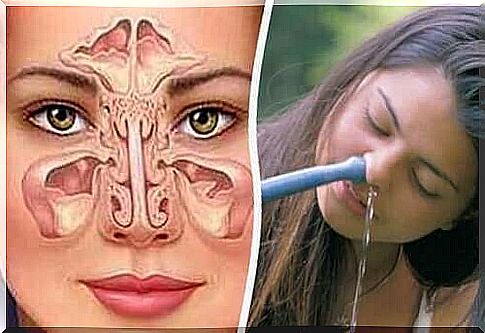
This is the most common way to do a nasal rinse for a child, although it is not the most effective of all. Here, you need to spray the liquid vigorously into the nasal passages with either a syringe or a disposable dosing bottle while the child is lying on his back.
The goal of this method is to flush the innermost areas of the nose. It’s a quick and easy way. However, fluid does not enter the back of the nose, where mucus usually accumulates. Thus, it is not a useful method when the mucus is thick and thick, as the liquid only bounces against the mucosa.
2. Rinse the child’s nose while sitting
This method is especially useful for older children. The child should place his head forward while he is in a sitting position. You then spray the liquid in the same way as we advised in the previous example.
After you are dosing the fluid, the child should inhale vigorously so that it begins to take effect. That is why this method is difficult for babies to perform. As with the previous method, nasal rinsing in this position does not really clean the inner part of the nose and is not very useful for thick mucus.
3. The child is lying on his back or sitting with his head tilted backwards
This is an extremely effective way to flush a child’s nose. In this position, the liquid enters slowly and without pressure. The rinse reaches the back of the nose and throat, removing mucus with it.
Sticky secretions still remain moist when in contact with this fluid. The child should inhale vigorously so that the mucus that clogs the back of the nose goes into the throat for either swallowing or rejection.



